Many years ago my late wife Kathy and I were on our way home to Maryland from a Christmas visit with her folks in Des Moines when she got into a conversation with two German ladies at a rest area near Davenport. It turned out they’d been visiting friends in Iowa and liked it very much but pronounced the name like German speakers would. For the rest of her life we both called it “Yovah” in that secret shared vocabulary long-time couples use.
I still do but no one understands. - JHF
HELL YES I CAN DO 1,000 MILES TO EASTERN IOWA IN TWO DAYS. Thank God for rumble strips along the shoulder, though. At least in Yovah itself and rural Colorado, Kansas, and Nebraska, you may find empty public parks in quiet spots where no one bothers strangers napping in their cars—just don’t push it. One place I stopped outside a Kansas prairie town before I nodded off and died turned out to be a rendezvous for local gents who climbed into each other’s trucks and got real quiet.
A week ago my thinking was if I were going to visit the cemetery in Keota1 this year, it would have to be right then. Several weeks of high pressure over the Southwest had kept the weather warm and dry and that was coming to an end. I’ve been on that route when the seasons flip and sometimes it’s not pretty. One year with a living wife a cold front pelted us so hard with snow and gravel crossing into Kansas that we bailed out in McCook. I bundled up and walked across the highway to the lights of a McDonald’s. Back in our warm room, those quarter-pounders and large fries as the wind howled outside were like a banquet from on high to let us know that we’d been saved.
Weather aside, my main concern was how to get there. The Vibe had made it last year just fine but I forgot my damn bouzouki to serenade her ashes and had to play a recording on my iPhone by holding it next to the gravestone like a freaking goober. Not the car’s fault but it made me wonder. The Dodge Dakota on the other hand was freshly rehabilitated with thousands of dollars worth of Bilstein shocks, tie rod ends, sway bar bushings, brakes and rotors, all new AC, giant tires, and the air bags worked. I also liked the sound of the 4.7 liter V-8 when I punched down into passing gear and took off like a rocket. Never mind it drank gas like a thirst-crazed wildebeest, the thing was smooth and there was nothing I couldn’t pass. The day before I left, I knew.
The first day route below is for your wonder and amusement. The scenery along the way is grandiose to interesting until you leave the mountains and the high plains for the “why do people live here” near the Platte or what is left of it. I mainly use a Rand McNally road atlas but rely on Google Maps for planning and updates on road hazards. Unfortunately, while the screenshot indicates a bad thing on my latest favorite highway (US 40) west of Cheyenne Wells, the description on the web page still described the blue route as fastest and “best for avoiding road closures on US 40” (??)—that would be the bad thing—without mentioning that the road’s been closed for months as the state of Kansas rebuilds three separate railroad bridges. And “avoiding” meant a 150 mile detour that wasn’t even shown. I found it anyway of course and must have driven over 700 miles the first day instead of the indicated 570, which is plenty far enough already. Ye gods.
Next time I may remember not to go that way during corn harvest season, either. More than once I needed the new brakes on the Dodge after zooming over the crest of a hill and meeting a combine on the other side. I also watched giant grain haulers and cattle trucks tearing down the side roads in a cloud of dust heading for the highway and hoped they wouldn’t pull out in front of me. (Once in a while they didn’t.) But in my lifetime agribusiness has industrialized one-time prairie landscapes over vast regions of the country. This time I passed the largest feedlots I have ever seen with unbelievable mountains of manure. Some of the little towns are noisy. By the end of that first day (well into the night), I was calculating the cost of flying to Iowa and renting a car next year but soon remembered COVID, bare feet, and the lunatics you see on YouTube. Being claustrophobic too I think I’ll just keep driving till I drop.
The second day’s route from the Day’s Inn & Suites at Kearney, NE was less adventurous but more aggravating due to population density and Iowa’s universal 55 mph limit on two-lane roads. I’m crossing into danger here, but most drivers obey this law or even drive more slowly. Imagine an almost empty perfect highway wide enough for an aircraft carrier but just two lanes and you’re exhausted with a couple hundred miles to go… I was so far gone I couldn’t wait to reach the Belva-Deer Inn [sic] in Sigourney. It’s actually a decent place adjacent to a John Deere dealer though it really is so Iowa with printed signs that tell you not to prop the door open and there isn’t any elevator for the second floor. From the furnishings to the toiletries, everything is odd and cheap but really clean. (One reviewer called it “godly.”) When I pulled in at sunset, there were Canada geese landing in the corn stubble across the road, just like at our old home in Maryland, which I took as a sign.
After I unloaded I discovered that management had upgraded the wifi recently and it’s plenty fast. Well, hallelujah. Last year it wouldn’t work with my Mac at all (how ‘90s) and now it does. Another thing I learned is that Yovans leave motels at 6:00 a.m. When I meandered to the breakfast room there wasn’t anybody there and the teevee set was off. (No Fox!) I found the little frozen waffle-ettes in ZipLoc bags and zapped them to perfection. There was a sign on the refrigerator that read “Please close refrigerator door.” I opened it to find out why but couldn’t tell and closed it anyway. There was no one at the front desk, either. I saw another sign to “Ring for service” and almost did but I was bad, I guess, and just kept walking. Quiet as a tomb, my kind of joint.
The hard part came later that morning. I had my bouzouki this time and planned to play for Kathy. First I visited the florist on the square in Sigourney (population, 2004)—they have a square, so nice, with the Keokuk County Courthouse in the center—and came away with a dozen red and yellow roses. I had water with me and those little plastic vases you stick into the ground (from Amazon no less) and headed east for Keota, crying just a little bit. I was happy to see that last year’s “FUCK BIDEN” banner no longer decorated a certain silo along the way. If Kathy weren’t dead already, that would have done her in. I was still riled up from taking so long to get to eastern Iowa at walking speed, and why did I have to do this anyway since she was everywhere at once, that seeing the Trumpian obscenity on the way might have made me run over the idiot’s mailbox. A little farther on I turned where the sign said, “KEOTA 2 MILES” and cried some more. The town itself (population 897) was very calm and sort of pretty. There were two young women walking slowly in the morning cool along a shady tree-lined street with all their kids. One of them carried an infant and the other pushed a stroller while four or five pre-schoolers followed close behind on little tricycles like baby ducks. I mean, come on.
Long ago I used to get utterly lost somehow trying to find the Keota cemetery so Kathy could visit her relatives’ graves and had to call her Uncle Tom at the bank. He’s gone now, too, but I’ve become an expert: just turn left on Baker Street and go all the way to the end. The family plots are on the side of a hill in the old section of the cemetery, up against the woods. There’s even a stream nearby. I parked the truck, got out, walked up to the stone, and cried again. (If not here, where?)
I did all that, of course. The yellow rose petals come from flowers I buy at Albertson’s and dry out when they droop to save for the occasion. Wonder how long I’ll keep that up—the guy who mows the grass must really love me. These folks have rules, you know. Before I unpacked my bouzouki, a sheriff’s deputy drove by slowly in a pickup truck without making eye contact. It happens every time. I must set off a secret Weirdo from New Mexico alarm they have installed or maybe he just likes to drive around the graveyard. There are people in these towns who get cold chills down their spines when strangers even think of passing by. After he drove through, two old fellows walking dogs came past—I waved, they glared. That was odd, I thought. Oh, well.
Still feeling good, however, I got out my resonator bouzouki,2 stood up straight, and played her song. The instrument was in perfect tune and I played well. I even sang the lyrics twice before I choked up but the music kept on flowing. Remembering I was playing for a lifelong classical pianist, I left the song and improvised. At one point I truly felt like she was there and thanked me. That was what I needed, the reason I had done this all alone so wild and crazy. I knew then I could stop and packed my things back in the truck. Before I left, I walked up to the stone again and spoke to her directly, thanking her for all the years we shared together and the adventures that we had. I said I didn’t know how much longer I could do this or even if I’d make it every year, but I would try. I told her I wanted to go on living and share the beauty and the joy. I asked for help and guidance, too, but mostly I was grateful and the tension slipped away. Each visit has been a little easier as I remember more of how she lived and not just how she died. That helps.
The trip back home was long and strenuous but exciting. I’d eaten most of my provisions and had less to carry to the third floor at the Kearney Day’s Inn, where they gave me the same room I’d stayed in just two nights before—a little bit of “home” before returning home. Another sign, I think. I took a different route the second day and missed most of the trucks. Dust storms chased me all the way through eastern Colorado where the sky turned orange but it cleared up over La Veta Pass.
It’s just so different here. There is nothing more ridiculously grand than coming back over the mountains to northern New Mexico. The air turns cool, the empty road rolls south, and you know you’re going to make it after leaving everywhere that isn’t like it. Maybe living a secret others can’t experience comes with the responsibility to share whatever might bring light to darkness, like my thunder road to Yovah. Less than an hour from my rented old adobe on the hill, the sun decided to go down as I was driving past Ute Mountain. Dumbstruck by the splendor, I pulled off the road and captured this. When you need an omen, you will get one:
Later, people. Don’t give up.

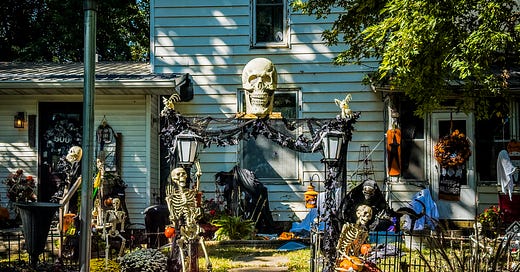



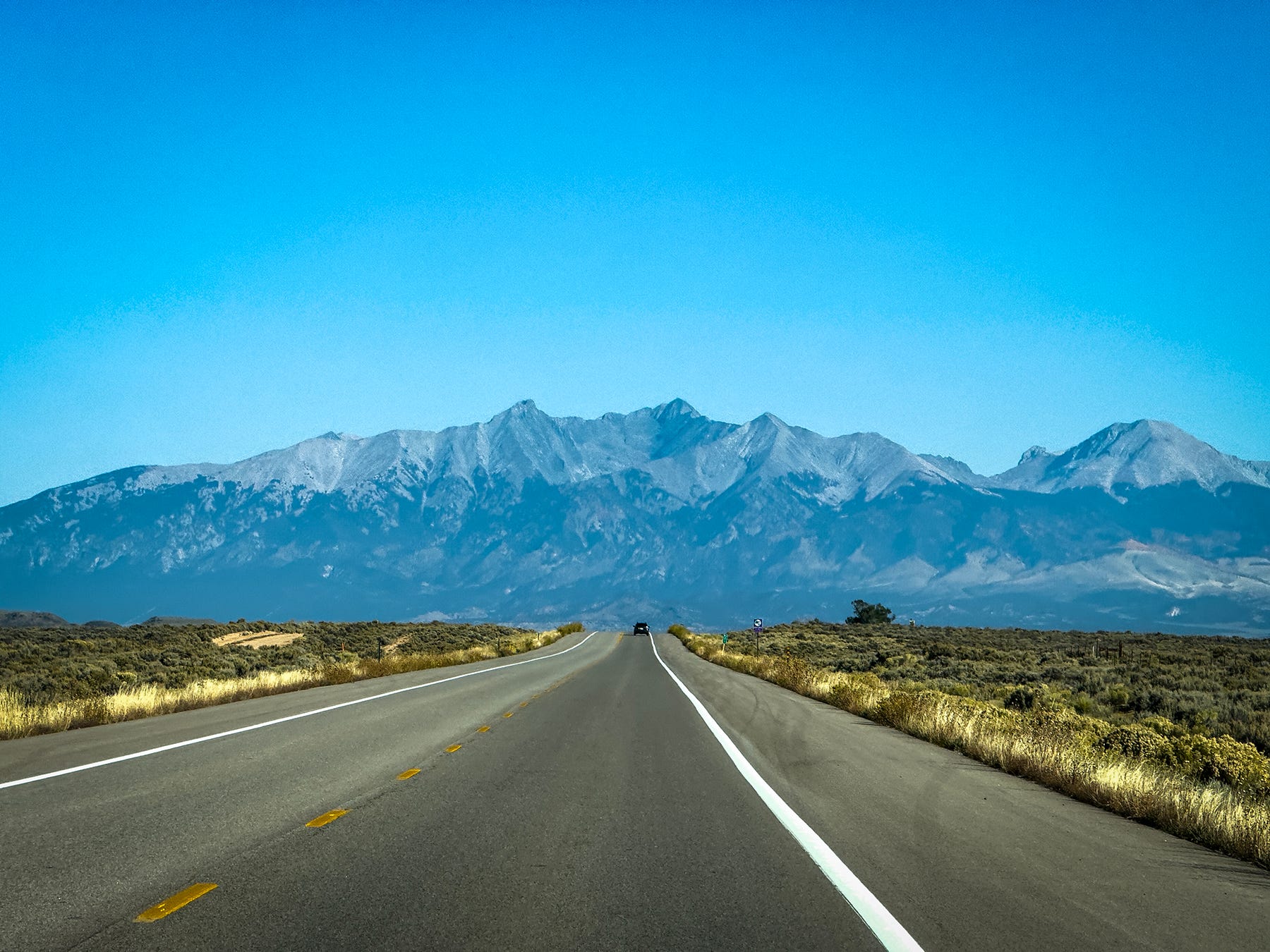


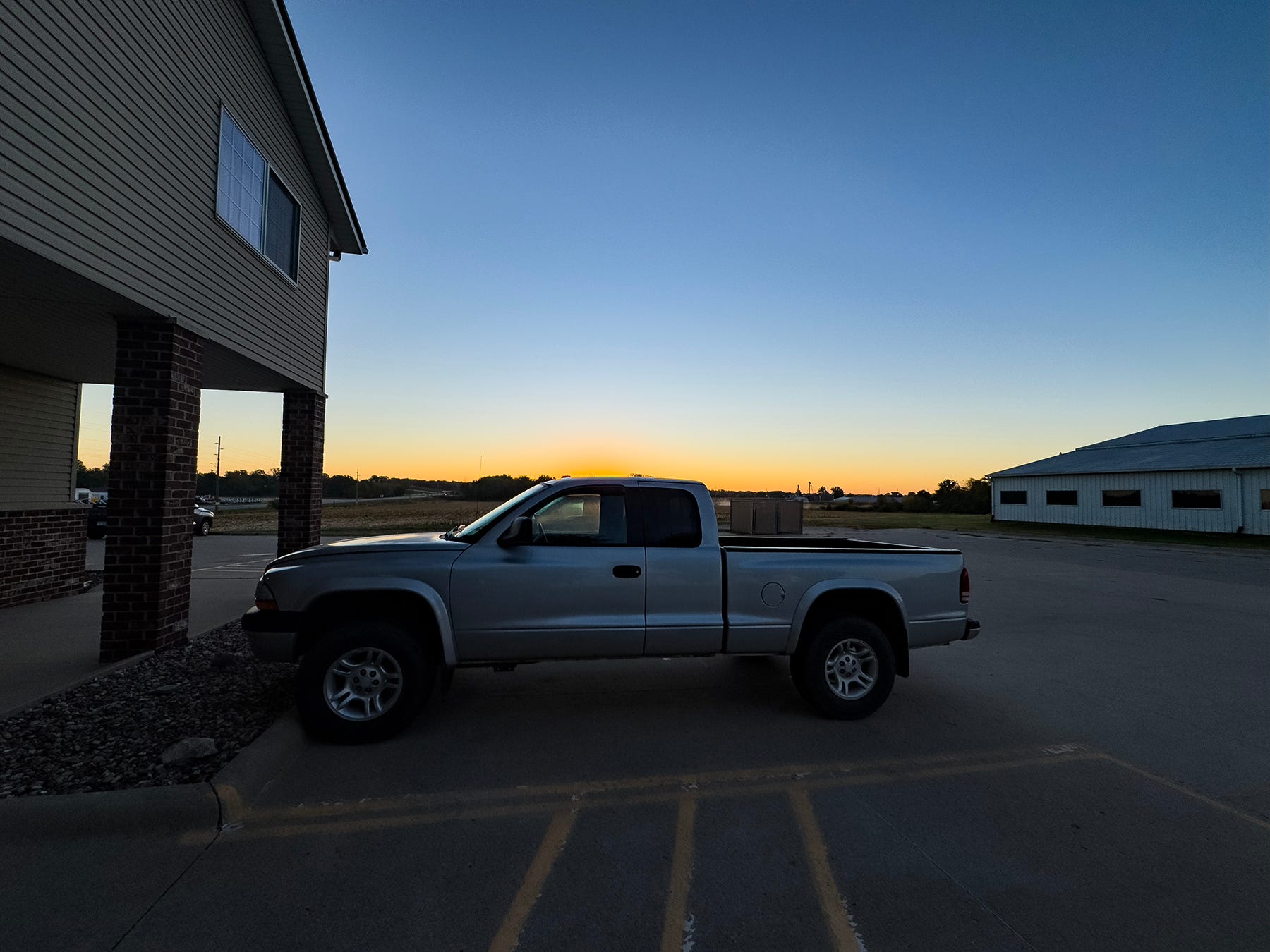
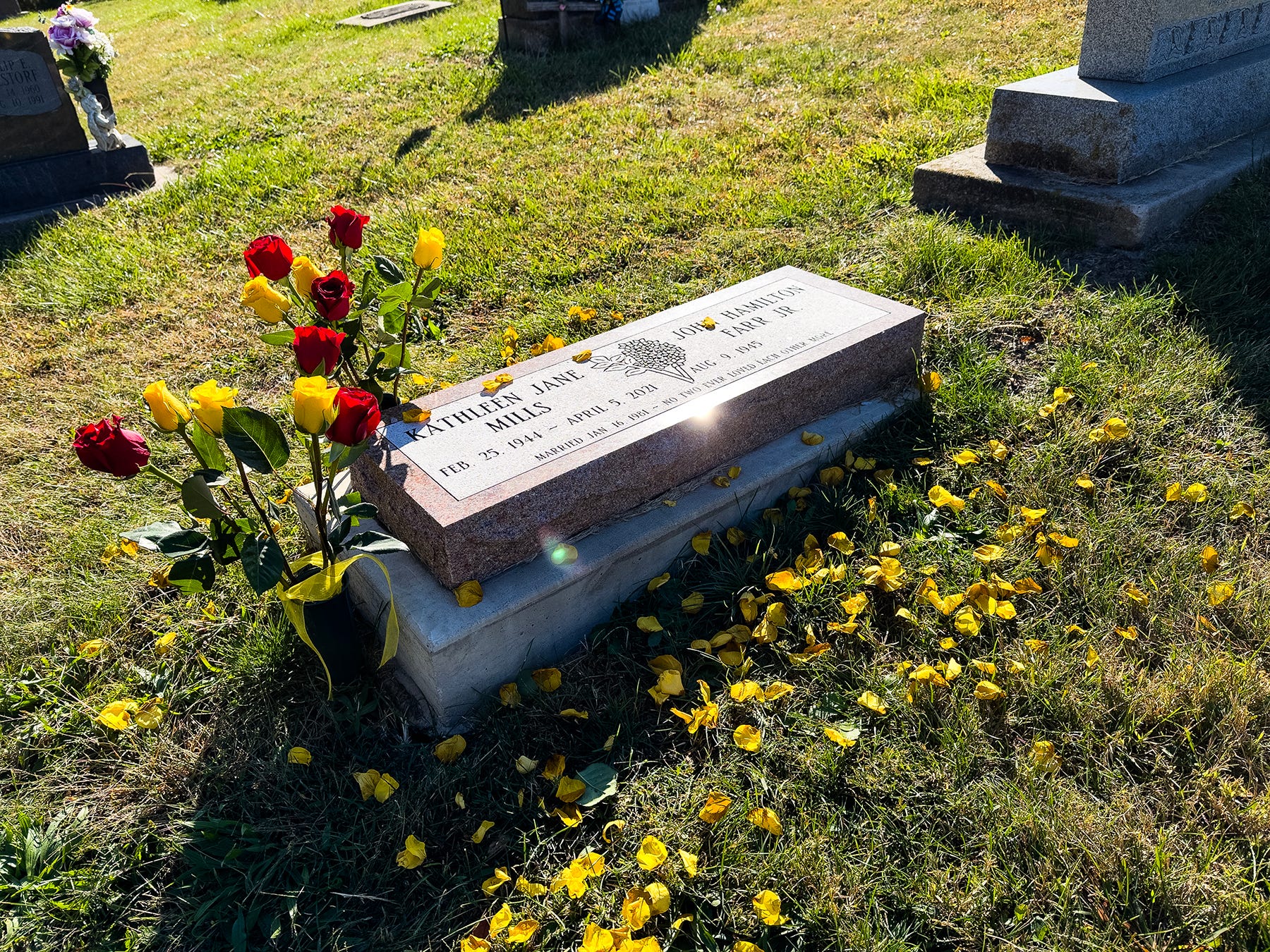

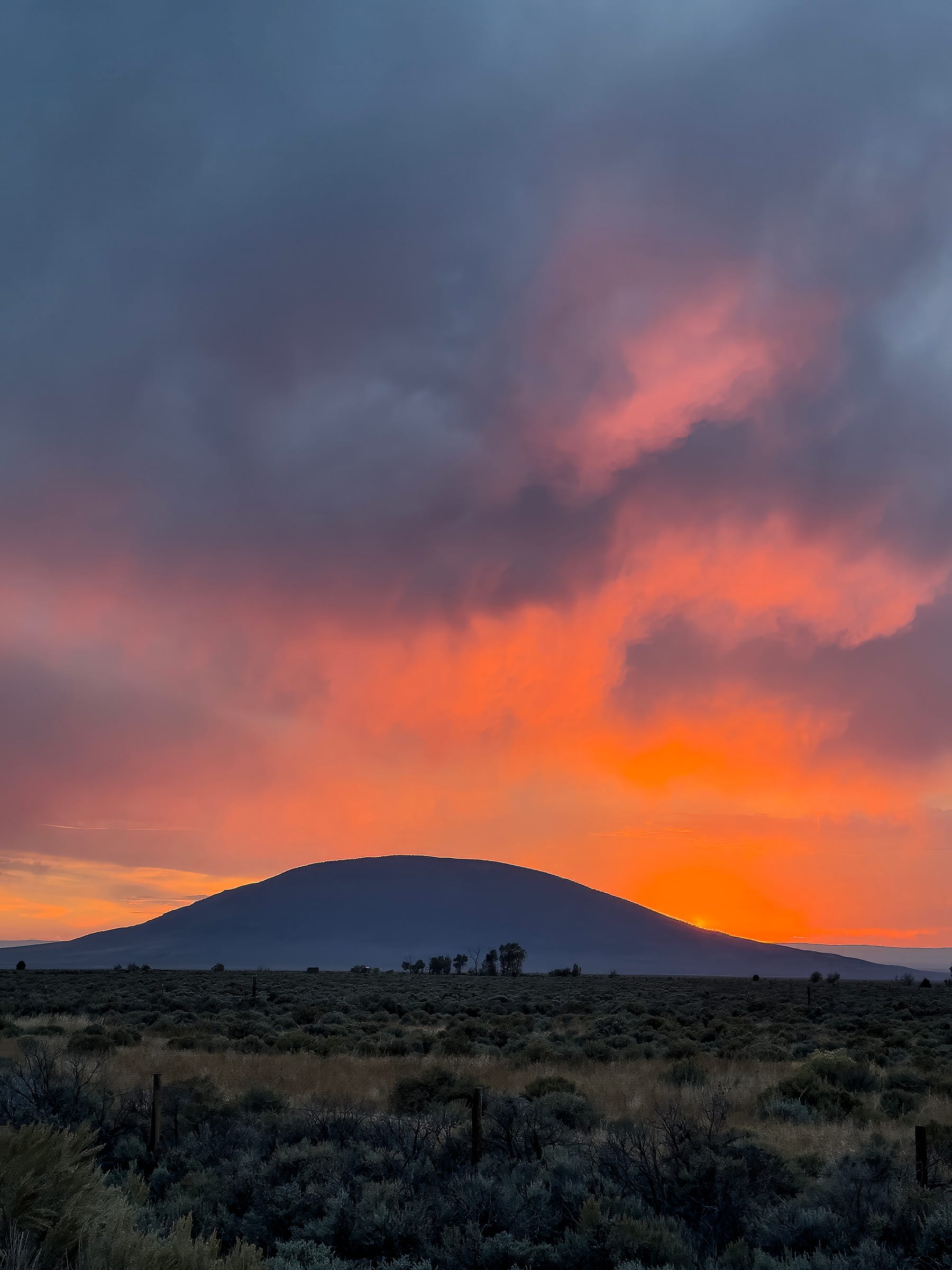

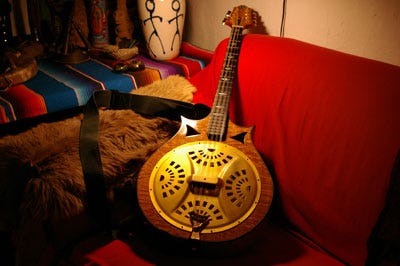
It's always a pleasant surprise to see you in my Mail box
I hope you go to visit Kathy many more times and don't forget to write.
Brother.